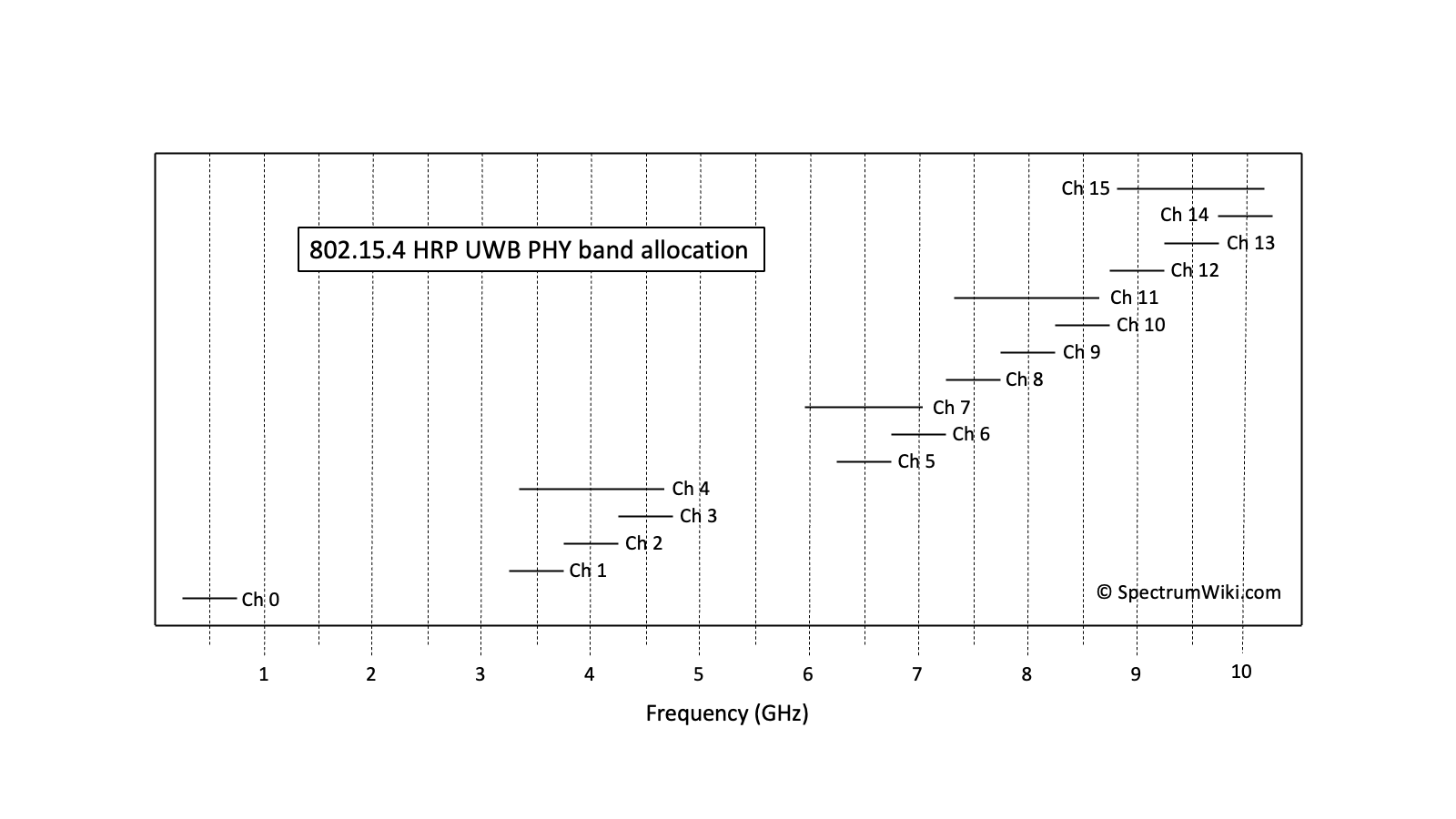| |
|
NTIA Spectrum Use Summary
|
The federal agencies use this band for fixed point-to-point microwave communication systems for national and military test range communications, and the remote transmission of radar video and other data for functions such as weather, vessel traffic control in harbor areas, and hydroelectric grid power management. This includes the Federal Aviation Administration use of this band for fixed point-to-point microwave communications networks to connect remote long-range aeronautical radionavigation radars to air traffic control centers.
The National Aeronautics and Space Administration and the National Oceanographic and Atmospheric Administration use the 6425-7250 MHz band for passive sensing of the Earth from space using microwave radiometers to obtain measurements of sea surface temperature which is a key component in weather forecasting and climatological studies. This band is used in conjunction with passive sensing bands around 10.6, 18.7, 23.8 and 36 GHz to obtain several important climatological parameters.
The NTIA does not issue information on the use of specific band segments in the 7/8 GHz band for fixed links, but the following information is available in a 2000 NTIA Report (NTIA Report 00-378) regarding government fixed service use in the 7125-8500 MHz range:
The FAA has 4,010 fixed assignments, including the radio communications link (RCL) system, a nationwide network used to connect air traffic controllers with communications and radar data from remote radar sites. The Air Force has 710 fixed assignments, used to support a large number of activities on numerous test and training ranges. The Navy has 800 fixed assignments, used mainly in voice and data links, ground forces communication, and land-line back up.
The Army has 450 fixed assignments, used for video scoring, closed circuit TV (security), point-to-point communications training, and for administrative traffic.
DOE has 1,200 fixed assignments used for system control and data acquisition (SCADA) for electric power distribution networks, perimeter security surveillance, laboratory telecommunication systems, and test site surveillance. Justice has 400 fixed assignments, used for fixed backbone nets used in law enforcement communications.
The Coast Guard has 160 fixed assignments, used to relay maritime radar and
communications needed for safety and navigation purposes in harbors and other critical locations. TVA has 140 fixed assignments, used for SCADA for electric power distribution systems.
|
Frequency Bands |
| Band | Use | Service | Table |
| 7125 - 7145 MHz | NTIA Spectrum Use Summary | - | F |
Display this entry in a page by itself
Edit
|
|
|
|
|
|
|
|
IEEE 802.15.4 HRP UWB
|
High pulse repetition frequency ultra-wideband (HPR UWB) is one of the physical layers defined for low data rate personal area network (LR-WPAN) communications in the IEEE 802.15.4 standard.
According to the FiRa Consortium:
"In challenging environments, such as parking structures, hospitals, airports and high density venues, ultra-wideband (UWB) technology outperforms other technologies in terms of accuracy, power consumption, robustness in wireless connectivity, and security, by a wide margin.
"UWB securely determines the relative position of peer devices with a very high degree of accuracy and can operate with line of sight at up to 200 meters. In contrast to narrow band wireless technologies, the use of wide bandwidth means UWB provides very stable connectivity, with little to no interference and offers highly precise positioning, even in congested multi-path signal environments.
"By calculating precise location, fine ranging based on UWB is a more secure approach to closing and opening locks, whether those locks are installed on a car door, a warehouse entryway, a conference room, or your front door."
|
Frequencies |
| Frequency | Bandwidth | Use | Service | Table |
| 499.2 MHz | 499.2 MHz | 802.15.4 HRP UWB Channel 0 | - | - |
| 3494.4 MHz | 499.2 MHz | 802.15.4 HRP UWB Channel 1 | - | - |
| 3993.6 MHz | 499.2 MHz | 802.15.4 HRP UWB Channel 2 | - | - |
| 3993.6 MHz | 1.3312 GHz | 802.15.4 HRP UWB Channel 4 | - | - |
| 4492.8 MHz | 499.2 MHz | 802.15.4 HRP UWB Channel 3 | - | - |
| 6489.6 MHz | 1.0816 GHz | 802.15.4 HRP UWB Channel 7 | - | - |
| 6489.6 MHz | 499.2 MHz | 802.15.4 HRP UWB Channel 5 | - | - |
| 6988.8 MHz | 499.2 MHz | 802.15.4 HRP UWB Channel 6 | - | - |
| 7488 MHz | 499.2 MHz | 802.15.4 HRP UWB Channel 8 | - | - |
| 7987.2 MHz | 1.3312 GHz | 802.15.4 HRP UWB Channel 11 | - | - |
| 7987.2 MHz | 499.2 MHz | 802.15.4 HRP UWB Channel 9 | - | - |
| 8486.4 MHz | 499.2 MHz | 802.15.4 HRP UWB Channel 10 | - | - |
| 8985.6 MHz | 499.2 MHz | 802.15.4 HRP UWB Channel 12 | - | - |
| 9484.8 MHz | 1.35497 GHz | 802.15.4 HRP UWB Channel 15 | - | - |
| 9484.8 MHz | 499.2 MHz | 802.15.4 HRP UWB Channel 13 | - | - |
| 9984 MHz | 499.2 MHz | 802.15.4 HRP UWB Channel 14 | - | - |
External Links:
Associated Files:

802.15.4 HRP UWB PHY band allocation
Display this entry in a page by itself
Edit
|
|
|
|
|
|
|
|
|
|
|
|
|
|
|